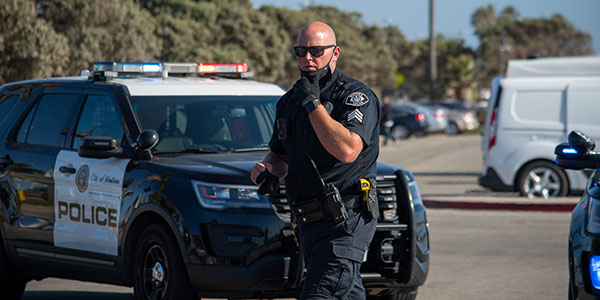Engineers from the National Institute of Standards and Technology (NIST) have built cheap computer system , which connects older public safety radios to the latest wireless communications networks, showing how first responders can easily take advantage of broadband technology, offering voice, text, instant messaging, video and data capabilities.
NIST’s prototype system can help overcome a major barrier to upgrading public safety communications. Many of the 4.6 million public safety workers in the United States still use traditional analog radios due to the high cost of switching to digital cell phones and the slow inclusion of these systems of older push-to-talk features that are both familiar and are crucial for the first to respond.
The NIST prototype connects analog mobile phones and Land Mobile Radio (LMR) towers with a long-term evolution server (LTE). LTE is the most common wireless standard that manages broadband operations. The LTE system is known as Mission Critical Push-to-Talk, which addresses essential aspects of public safety radios such as high availability and reliability, speaker identification, emergency calls and clear sound quality.
As described in a recent report, the NIST system has three main parts:
- Software-defined radio that interacts with the LMR signaling interfaces and transmits this data to the next device;
- An open source software environment for controlling a software radio that handles digital signal processing; and
- LTE headset user interface that allows LMR radio users to talk to LTE network users as if they were both on the same push-to-talk network, with calls initiated by both parties.
NIST’s project objectives include stability, low cost and close compliance with existing and future standards. Physical equipment includes computer hardware that performs all three components, appropriate software, and an antenna. The computer must have an Internet connection to the LTE system. The whole setup is the size of a video game console plus a laptop or desktop computer.
The NIST system costs less than existing industry and government efforts to connect radio and mobile networks, according to a NIST press release. NIST researchers continue to work on the prototype with plans to improve the interface to the broadband network and connect to additional types of radio stations. To encourage technology transfer, they intend to publicly release all open source capabilities for use by everyone.
The work was made possible by the Public Safety Trust Fund, which provides funding to organizations throughout NIST, using NIST’s expertise in communications, cybersecurity, manufacturing and sensors to study critical, life-saving technologies for first responders.

